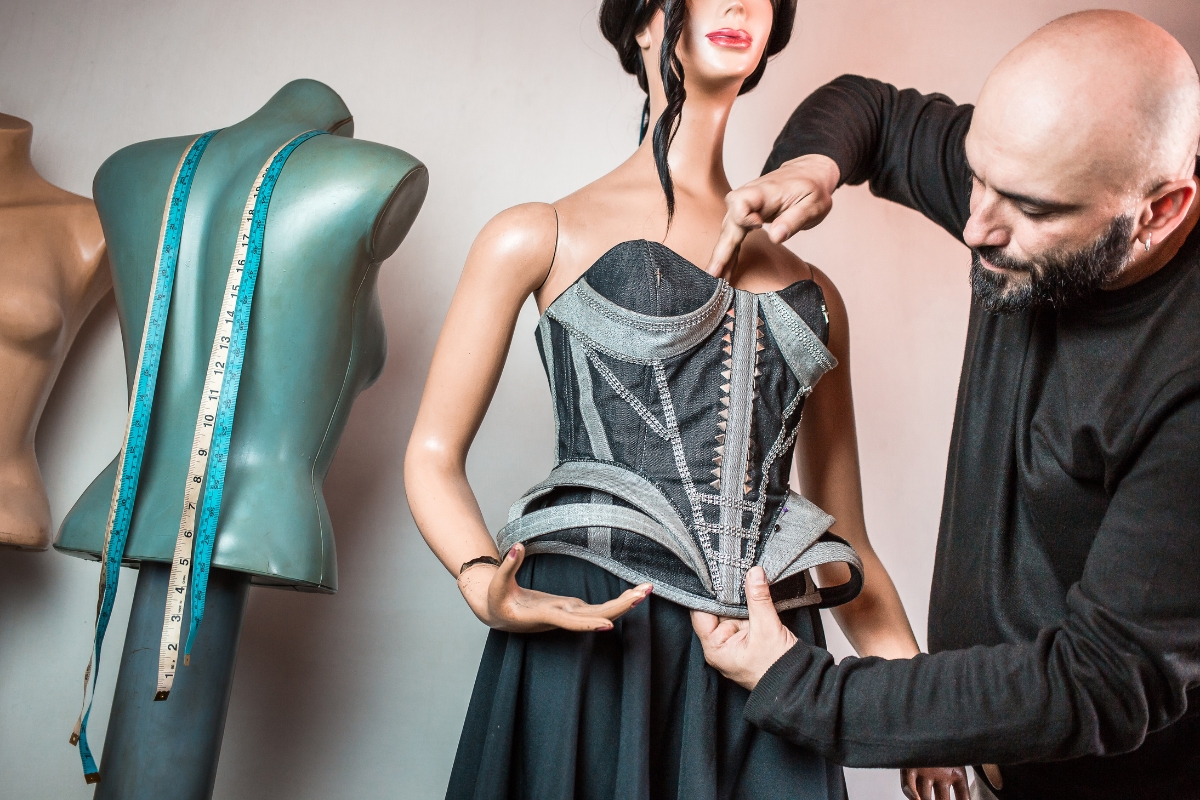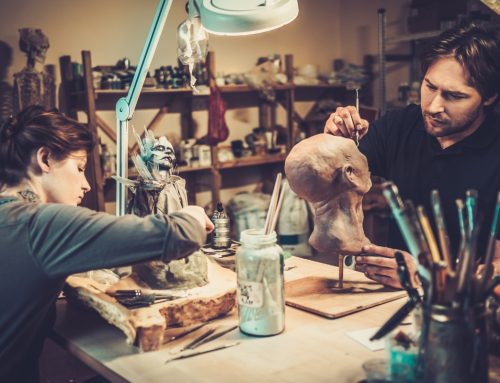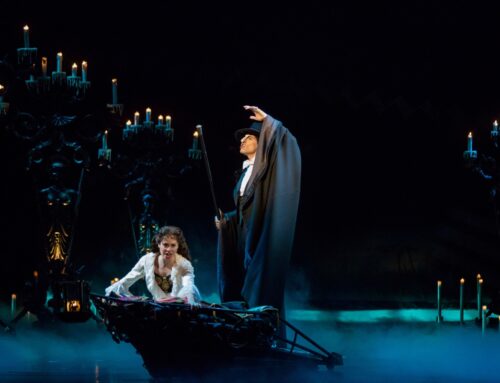Stage costume design involves creating costumes that capture the characters’ personalities, emotions and movements while facilitating storytelling. Historical accuracy, durability, fabric technology, and quick-change requirements are some of the factors that must be considered when creating visually stunning and cohesive costumes.
This article explores how costume designers balance form and function to contribute to a performance’s success.

What is the Story and Who are the Characters?
Costumes are not only designed to look pleasing; they serve a vital role in storytelling. Creating stage costumes starts with reading the script thoroughly and getting to know the characters inside out.
The character’s circumstance, social status and narrative role must be considered when creating a costume. Visual cues can be extracted from within the script to effectively complement the costume to the scene. For instance, dressing Oliver Twist in ragged clothes while singing ‘Where is Love’ highlights his status as a poor orphan child, eliciting sympathy from the audience.
What is the Vision of the Director and the Production Team?
Collaborating with the director and production team can have significant benefits when designing costumes for the stage.
Sketching designs allows you to align your ideas with the director’s vision, benefiting from their insightful understanding of characters, storyline and desired emotional impact on the audience, which can guide your design process.
To allow the production team to see how the costumes will look, feel and hang in practice, you could dress dolls in small-scale costumes. This can ensure that fabric colours, patterns and tones complement other visual elements like lighting before working intensely on full-scale designs.
What is the Historical and Cultural Significance?
Historical and cultural research is vital when ensuring authenticity and accuracy in the costumes’ shapes, colours and styles.
For instance, ‘William Shakespeare’s’ Romeo and Juliet is set in Renaissance Italy. Therefore, the costumes must accurately reflect the fashion of that century. This can include elements such as ruffs, corsets and doublets.
Explore museums, galleries and libraries to deepen your understanding of the script’s period and location. Creating a mood board with images, fabric samples and sketches can help you organise your research effectively.
What Colour and Fabric Choices Add Essence?
Costume design visually brings characters and sets to life. Tones, colours and styles can symbolise a character’s motivations, conflicts and transformations while contributing to the production’s mood or atmosphere.
For instance, Sweeney Todd’s stage costume design in Sweeney Todd: The Demon Barber of Fleet Street uses shades of black, grey and brown to create a tense and haunting atmosphere. It also symbolises Todd’s dark intentions for revenge, while blood stains on his apron highlight his murderous activities. Moreover, fabrics like heavy wools, coarse linens and worn leathers represent the hardship within London’s 19th-century grim and smoggy streets, immersing the audience in the Victorian industrial era.
Fabric Technology for Quick Costume Change
Fabric technology is essential in designing theatrical costumes for practical and aesthetic reasons.
As quick costume changes are often necessary, fabric technology significantly facilitates these transitions. For example, in the pivotal ‘Let It Go’ scene in Frozen, Elsa transforms from a restrained queen to a liberated woman. Symbolised by a quick costume change from a royal outfit to a sparkling, ice-blue gown.
Fabric technology, such as Velcro fastenings, hidden zippers or magnets, ensures the seamless execution of quick costume changes, reducing stress on performers and ensuring the smooth running of the show.
Costume Durability and Maintenance
Costumes in theatre productions must be durable enough to withstand regular wear and tear, along with any strenuous physical activity required by the performances.
For example, Peter Pan’s costume must be made of lightweight, durable, breathable and stretchable fabrics to ensure comfort and mobility during physically demanding scenes such as flying and fighting. This allows the actor to fully embody an energetic and adventurous character without malfunctions.





